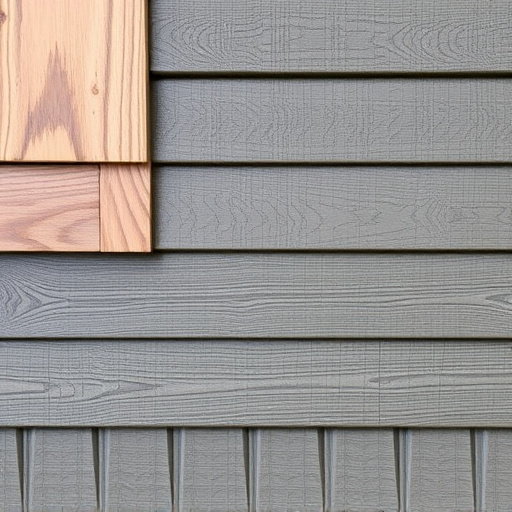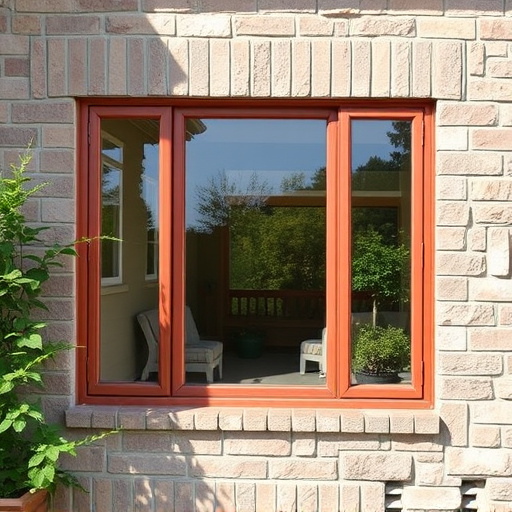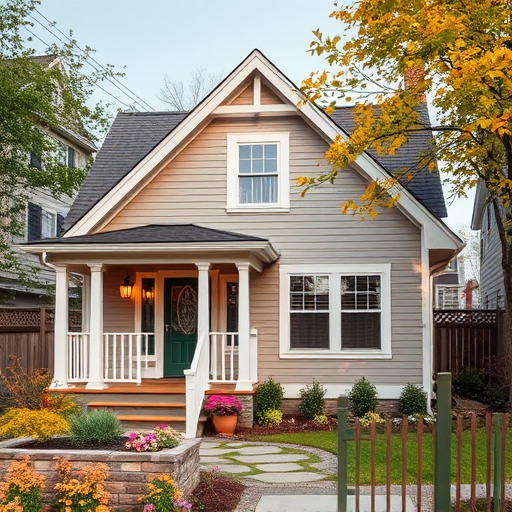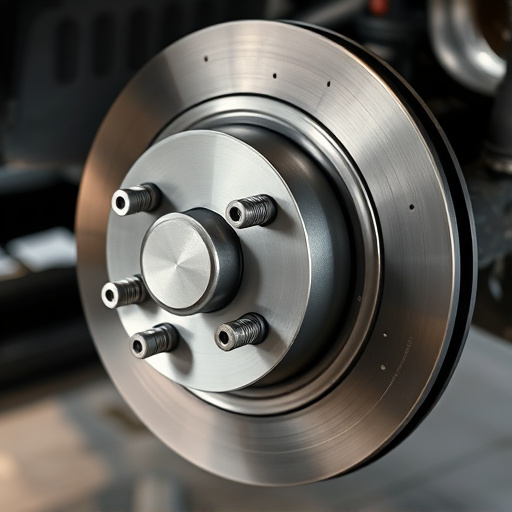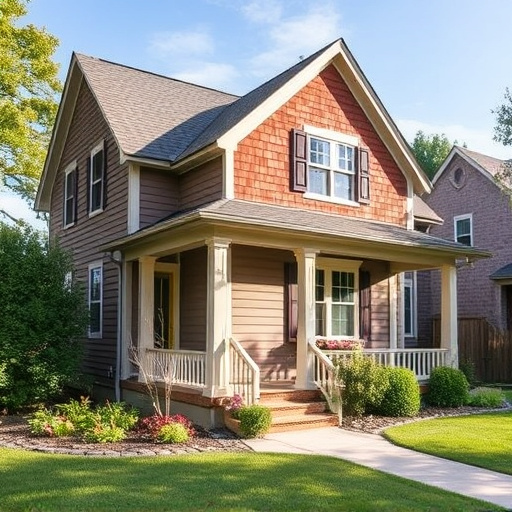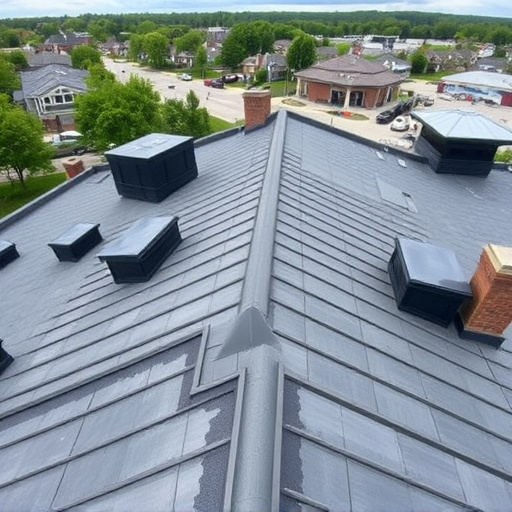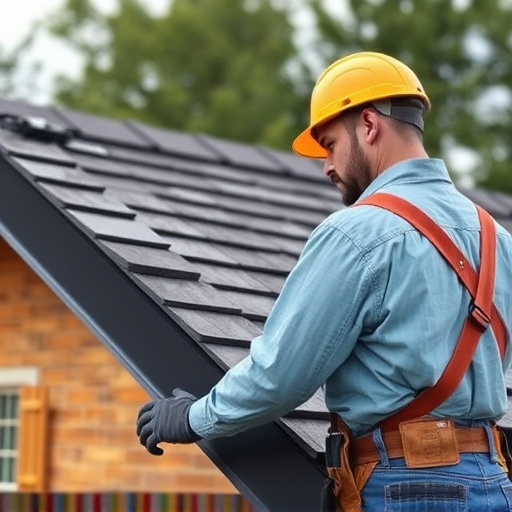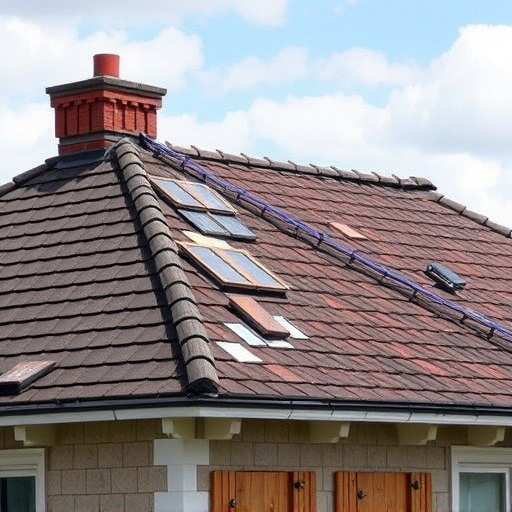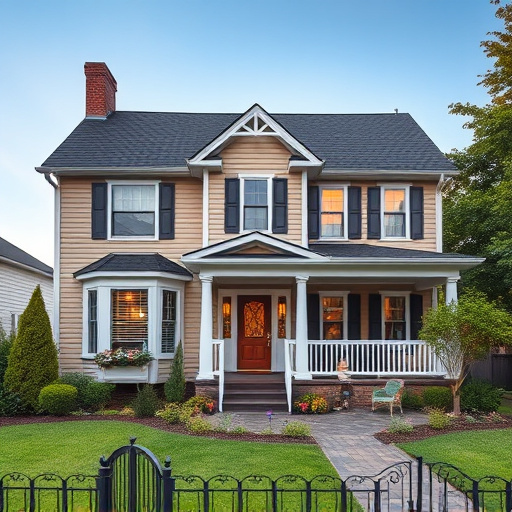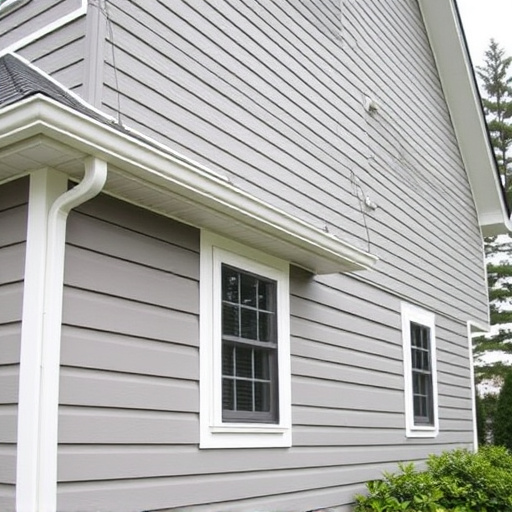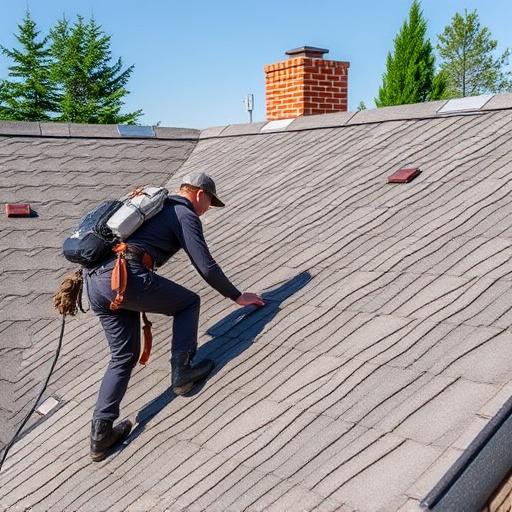Understanding a roof's typical 20-30 year lifespan involves considering weather, material quality, and upkeep. Replace it with climate-suitable materials like asphalt shingles, metal, or wood shakes/tiles. Professionals guide selection and installation for longevity. Regular inspections and maintenance, including gutter cleaning, post-storm checks, and professional siding inspections, prevent costly roof replacements.
Considering a roof replacement? Smart move! It’s crucial to understand your roof’s lifespan and choose durable materials for reduced future maintenance needs. This comprehensive guide covers everything from selecting the right roofing materials to efficient installation practices that promote longevity. Learn signs of wear and adoption strategies for regular maintenance to avoid costly repairs down the line. Get ready to invest in a robust, low-maintenance roof today!
- Understanding Your Roof's Lifespan and Materials
- Efficient Installation: Key Practices for Longevity
- Regular Maintenance: Signs and Strategies to Avoid Repairs
Understanding Your Roof's Lifespan and Materials
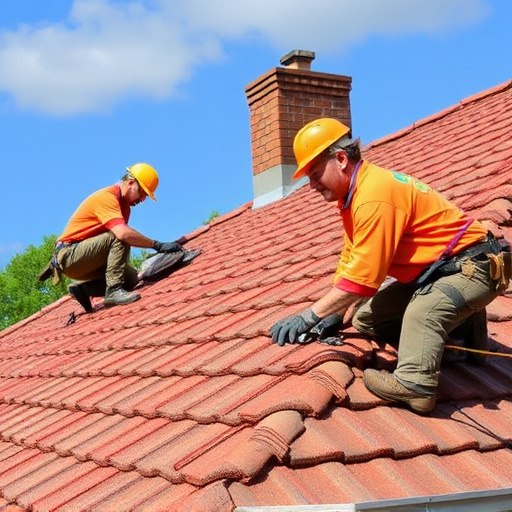
Understanding your roof’s lifespan is a crucial step in planning for future maintenance. Most roofs typically last between 20 to 30 years, depending on various factors like weather conditions, quality of materials, and proper upkeep. When considering a roof replacement, it’s essential to choose materials that align with your climate, architectural style, and budget. For example, if you live in a snowy region, a roof with better insulation and ice resistance may be ideal.
The right materials can significantly impact the longevity of your new roof. Modern options include asphalt shingles, known for their affordability and ease of installation; metal roofing, which offers superior durability and resistance to extreme weather; and wood shakes or tiles, providing a more traditional aesthetic appeal. Consulting with home exterior services professionals can help you make an informed decision on materials suitable for your property, ensuring minimal future maintenance needs for years to come.
Efficient Installation: Key Practices for Longevity
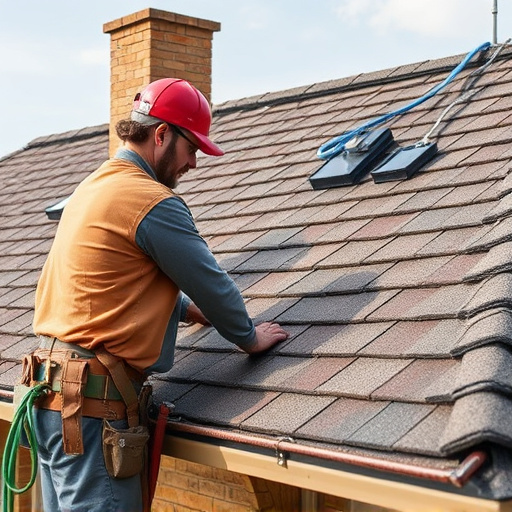
When undertaking a roof replacement, efficient installation practices are paramount to ensuring longevity and reducing future maintenance needs. Skilled professionals understand that a solid foundation is essential, starting with proper measurements and choosing materials suited to local weather patterns and environmental conditions. Each step of the process—from flashing installation to ensuring adequate insulation—must be executed flawlessly. Waterproofing membranes and high-quality fasteners further strengthen the roof, preventing leaks and moisture damage, which are common causes of future repairs.
Beyond the initial installation, regular inspections by home exterior services experts can catch potential issues early on. They can assess the condition of shingles or siding repairs, ensuring that any problems are addressed promptly. Home service solutions offered by these professionals also include maintenance tips tailored to your roof type, helping you extend its lifespan and save on costly replacements in the long run.
Regular Maintenance: Signs and Strategies to Avoid Repairs
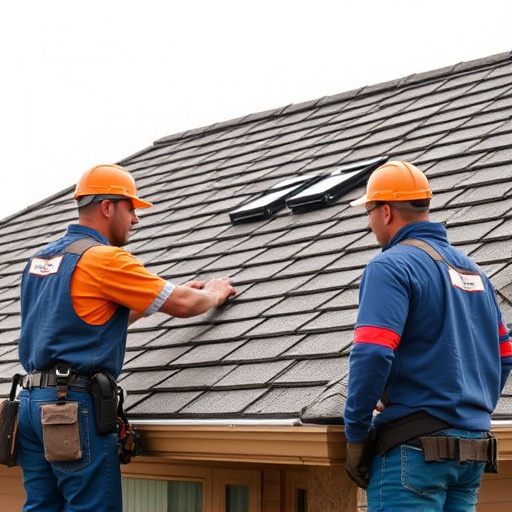
Regular maintenance is key to prolonging the lifespan of your roof and avoiding costly repairs. By conducting routine inspections, homeowners can identify potential issues early on. Look for signs such as missing or damaged shingles, flashing that’s loose or corroded, and any signs of water damage or stains. These indicators may point to problems like leaks, poor drainage, or storm damage repair needs.
To stay ahead of repairs, implement strategies like cleaning gutters regularly to ensure proper drainage, inspecting the roof after severe storms, and addressing any visible damages promptly. Investing in a professional siding inspection is also wise, as it can reveal hidden issues. By adopting these practices, homeowners can effectively manage their roof’s maintenance, reducing the need for frequent roofing solutions and ensuring a durable, reliable structure.
When considering a roof replacement, understanding your roof’s lifespan, choosing durable materials, and implementing efficient installation practices are key to reducing future maintenance needs. Regularly inspecting your roof for signs of damage and addressing issues promptly can further extend its life. By following these tips, you’ll not only save on costly repairs but also ensure your home remains protected from the elements for years to come.

